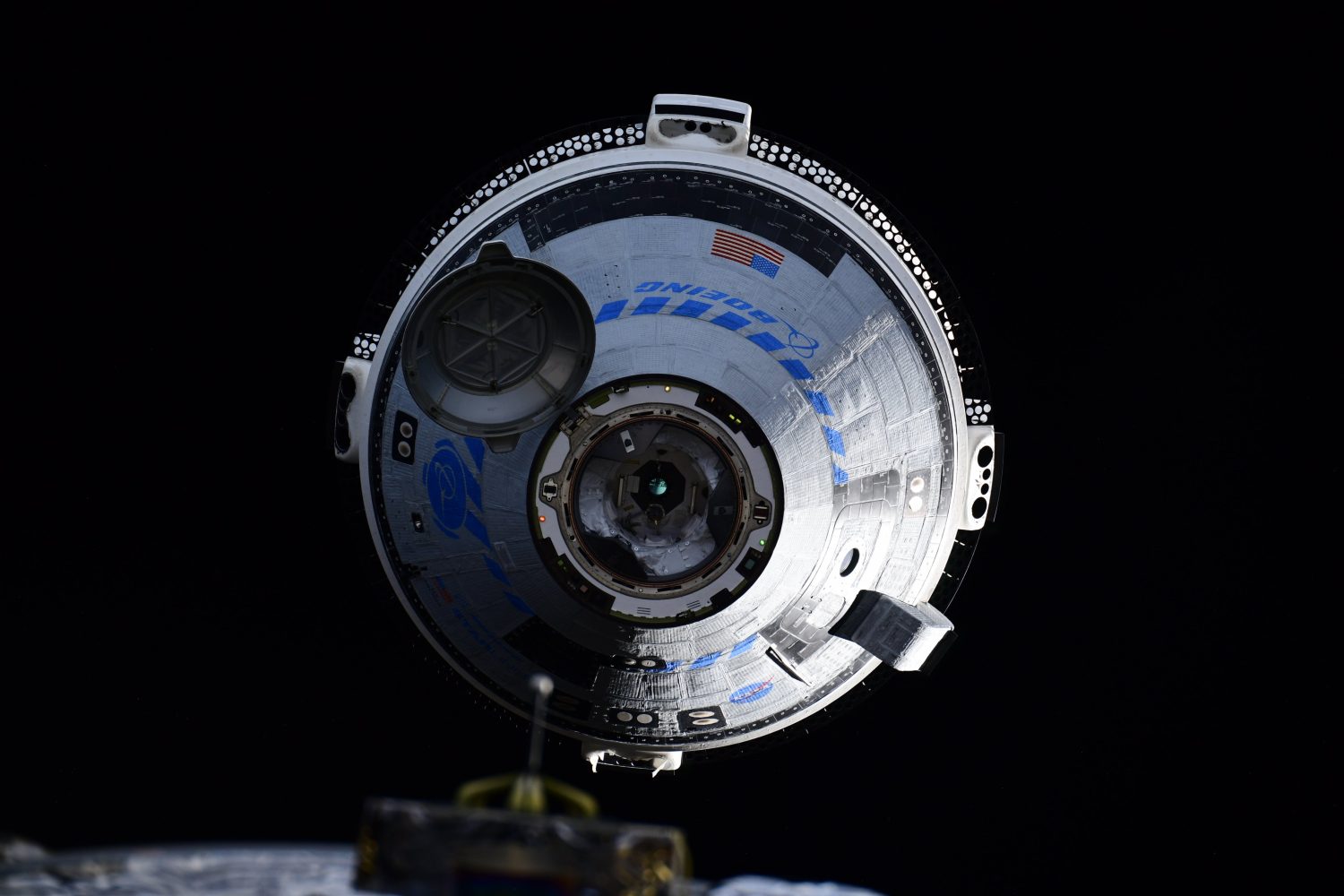
After years of development, Boeing’s Starliner spacecraft is safely docked to the ISS for its OFT-2 mission. However, it wasn’t a perfect flight.
Launched on May 19 from SLC-41 on Cape Canaveral Space Force Station, Starliner started its journey to the ISS. Late the following evening, Starliner successfully docked to the station’s Harmony module. This marked the first time Boeing, by itself, has sent a spacecraft to the space station and docked with it.
This mission, Orbital Flight Test 2 (OFT-2), is an uncrewed demonstrator to show NASA that Starliner is ready to launch a crew to space. The first OFT mission took place in 2019 when Starliner ran into problems with its mission timer and its reaction control thrusters mapping. This mission failed to dock with the ISS, leading to the need for OFT-2. This is also the second attempt for OFT-2 to launch. Corrosion was found in several valves last year, leading to the need for a new service module. Unfortunately, this OFT-2 launch wasn’t perfect either, as it still ran into some serious issues.
Failure of two OMAC thrusters on OFT-2’s Starliner
Starliner ran into a problem with some of its orbital maneuvering and attitude control (OMAC) thrusters during ascent. Two OMAC thrusters failed during the orbit insertion burn, finally being successful when the third reducent thruster began to fire. Boeing’s Mark Nappi stated that teams have three possible reasons for the failed OMAC thrusters but did not provide further information.
In total, Starliner has 20 OMAC thrusters on the service module, which separates and deorbits during return. Despite this somewhat severe problem, the OFT-2 mission was allowed to continue and successfully dock with the ISS.
Two more smaller thrusters fail during rendezvous
Along with the larger OMAC thrusters, two smaller reaction control systems thrusters stopped working while Starliner was rendezvousing with the ISS. Luckily, Starliner has a large amount of redundancy in this area, with a total of 28 RCS thrusters on the service module and 12 more on the capsule.
Cooling system performing below expectations
The final problem Starliner ran into during the beginning of the OFT-2 mission was with its cooling system. Several callouts and statements during the livestream pointed to the cooling system, which takes heat from the capsule and moves it to the radiators and wasn’t performing as planned. However, the levels were within appropriate measures for NASA, and they were able to continue the flight.
Nappi said that one possible cause of the cooling system anomaly could be the presence of moisture. Starliner does have redundant cooling systems, so a second one would be able to continue operations if it were to fail.
Space Explored’s take
It’s concerning to see Starliner run into more issues after the almost disastrous first OFT mission. However, we are leaps and bounds from where we were then now that Starliner is docked with the station. We will have to patiently hold our breath later this week when Starliner undocks and prepares for reentry.
As a counter-point, at least the problems were found in systems with redundancy, meaning the system is working. As we say with other instances of problems in space, failures that are found and fixed make a safer and more resilient spacecraft for the future.
FTC: We use income earning auto affiliate links. More.




Comments